
In women, the breast cancer is one of the mostfrequent causes of death which is related to cancer, and it is right after the lung cancer. Breast cancer is much more common in women than inmen, even though men tend to have less chance for recovery because of thedelays in diagnosis. This type of cancer usually forms in the ducts ofthe breast, which are tubes that carry milk to the nipple, and lobules, whichare glands that make milk.
There are different types of breast cancer,and each type has specific stages and characteristics. Based on the statistics of the American CancerSociety, breast cancer is less common in young women, but their breast cancerstend to be much more aggressive than the cancer in older women. This canexplain why the rate of survival is lower among younger women. On the other side, the older women are more prone todeveloping breast cancer.
It is still not entirely clear what causes breast cancer.
Symptoms
Early breast cancer is usually not painful and itdoes not have any symptoms. The first obvious symptom of this kind of cancer is usually alump which feels different from the rest of the tissue. More than 80% percentof these cancers are discovered when the woman feels a lump. Mammogram candetect the earliest breast cancers. A lump in the armpit or above thecollar bone that does not disappear may be a sign of cancer. Changes in the size or shape of the breast, inversionof the nipple, as well as a bloodydischarge, peeling of the nipple skin are some of the indicators of breastcancer. Changes in the skin and the texture of the breast may sometimes be related to breast cancer.Inflammatory breast cancer develops rapidly, andit makes the affected breast swollen and tender. Symptoms include a change inthe appearance of a breast, thickness, noticeable enlargement, red, purple,pink or bruised appearance of the breast, unusual warmth of the breast,itching, and other symptoms.Warning symptoms should not be ignored becausethey might lead to the early diagnosis and they might improve the possibility of defeating this serious and often life-threatening illness.Every woman should do breast self-exams after she turns20. Women who are 40 or more should make appointments and go to annualscreening mammograms, and clinical breast exams each year. They should dobreast self-exams every month as well. All of this will help in prevention orearly diagnosis of this illness.








_f_280x120.jpg)
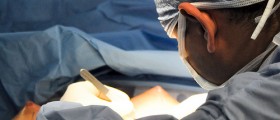
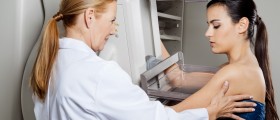


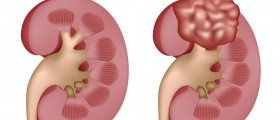
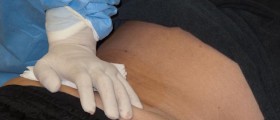
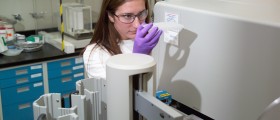

Your thoughts on this
Loading...